Leica M (Typ 240): Close-Up Experiences - Part 6: Samples II
Introduction | Combining Extension Tubes and Achromat(s) | Extension Bellows | Overall Summary | References
Archive
This page presents further sample close-up shots with selected parts of my close-up equipment for the Leica M (Typ 240) to be used in live view mode. See also pages Close-Up Options (Live View) - Part 5: Samples I and Close-Up Options (Live View) - Part 7: Samples III for further sample close-up photos with the Leica M (Typ 240).
See also page Close-Up Options (Live View) - Part 1: Overview for an overview of the options that you have for close-up shots when using the Leica M (Type 240) in live view mode, pages Close-Up Options (Live View) - Part 2: Practice I and Close-Up Options (Live View) - Part 3: Practice II, and Close-Up Options (Live View) - Part 4: Practice III for my practical experiences in this area.
Note: Page Close-Up Behavior of the M-Mount Lenses describes the close-up characteristics of the lenses when used without any close-up options.
Introduction
On this page, I present some more sample close-up images that I took with some of my lenses using selected options for close-up photography with the Leica M (Typ 240) in live view mode: the Quenox Extension Tube for Leica M in combination with one or two Marumi +5 achromats (lenses: Zeiss Sonnar 50mm f/1.5 and Voigtländer Color Heliar 75mm f/2.5) and the extension bellows Leitz Bellows II (lenses: EL-NIKKOR 50mm f/4 and Voigtländer Color Heliar 75mm f/2.5).
Combining Extension Tubes and Achromat(s)
The following photos were taken with the Quenox Extension Tube for Leica M (1 cm extension) and one, or two Marumi +5 achromats. Theses combinations deliver the strongest magnifications but less distortion than achromats alone.
The shots are all hand-held in this section (typically with an aperture of f/8).
Zeiss Sonnar 50mm f/1.5
Motif 1
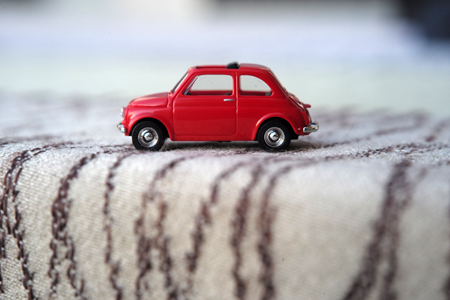 |
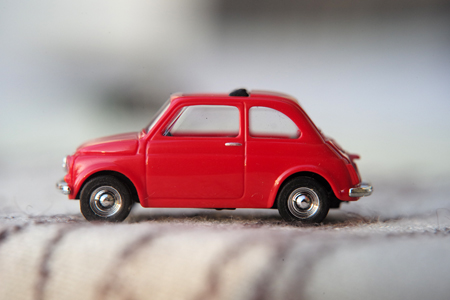 |
|
Quenox Extension Tube for Leica M and one Marumi +5 achromat (distance set to infinity) (original file) |
Quenox Extension Tube for Leica M and two Marumi +5 achromats (+10 diopters) (distance set to infinity) (original file) |
|
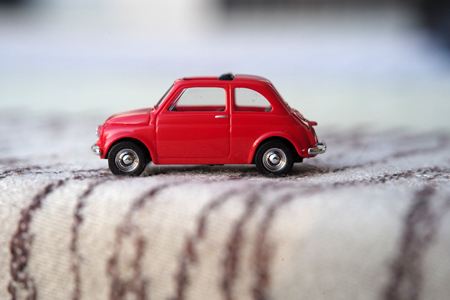 |
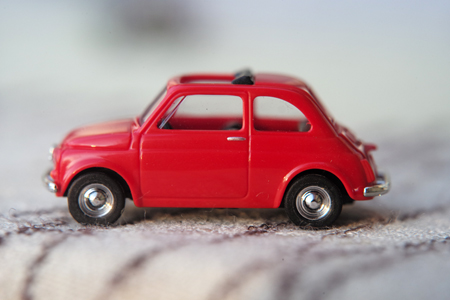 |
|
Quenox Extension Tube for Leica M and one Marumi +5 achromat (closest distance) (original file) |
Quenox Extension Tube for Leica M and two Marumi +5 achromats (+10 diopters) (closest distance) (original file) |
Voigtländer Color Heliar 75mm f/2.5
Motif 1 (+ Variants)
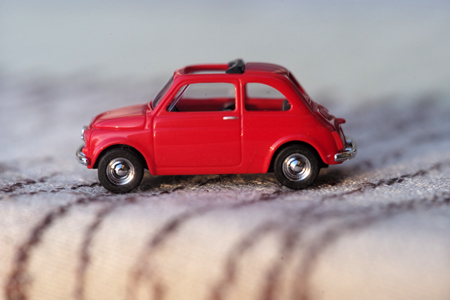 |
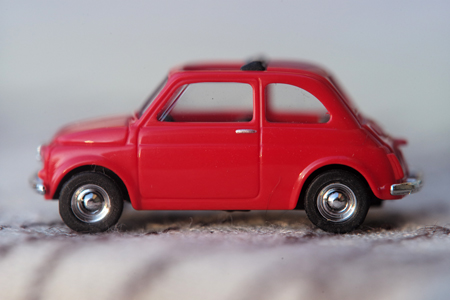 |
|
Quenox Extension Tube for Leica M and one Marumi +5 achromat (original file) |
Quenox Extension Tube for Leica M and two Marumi +5 achromats (+10 diopters) (original file) |
|
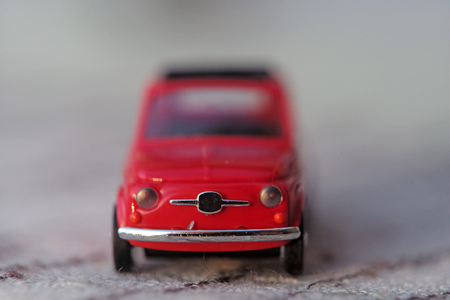 |
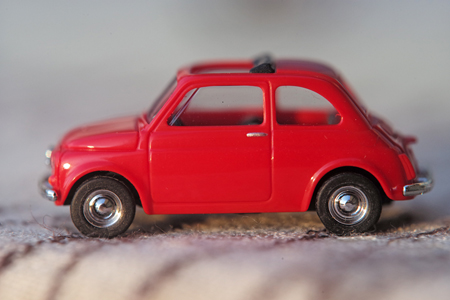 |
|
Quenox Extension Tube for Leica M and two Marumi +5 achromats (+10 diopters) (original file) |
Quenox Extension Tube for Leica M and two Marumi +5 achromats (+10 diopters) (original file) |
The photos in the top row demostrate that the Voigtländer Color Heliar 75mm f/2.5 achieves a higher magnification than the Zeiss Biogon 50mm f/1.5.
Motif 2
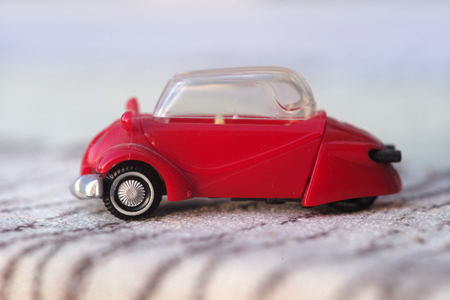 |
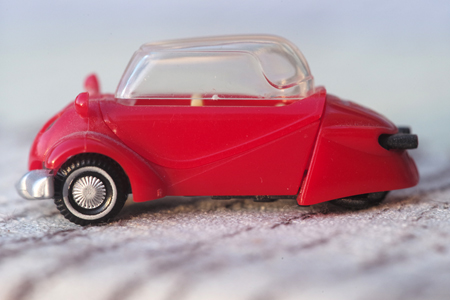 |
|
Quenox Extension Tube for Leica M and one Marumi +5 achromat (original file) |
Quenox Extension Tube for Leica M and two Marumi +5 achromats (+10 diopters) (original file) |
Motif 3 and Variant from Front
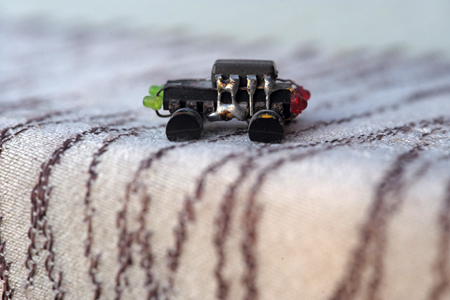 |
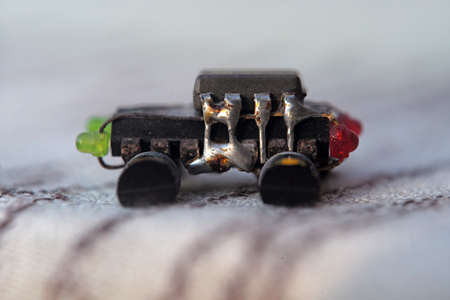 |
|
Quenox Extension Tube for Leica M and one Marumi +5 achromat (distance set to infinity) (original file) |
Quenox Extension Tube for Leica M and two Marumi +5 achromats (+10 diopters) (distance set to infinity) (original file) |
|
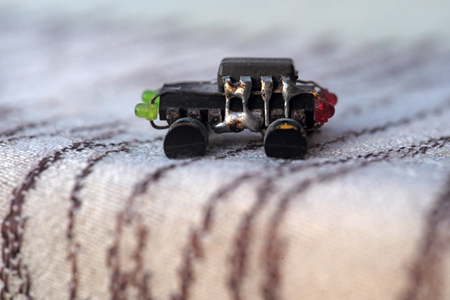 |
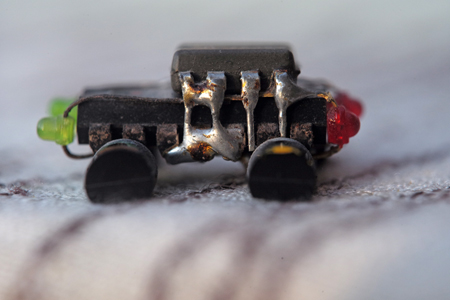 |
|
Quenox Extension Tube for Leica M and one Marumi +5 achromat (closest distance) (original file) |
Quenox Extension Tube for Leica M and two Marumi +5 achromats (+10 diopters) (closest distance) (original file) |
|
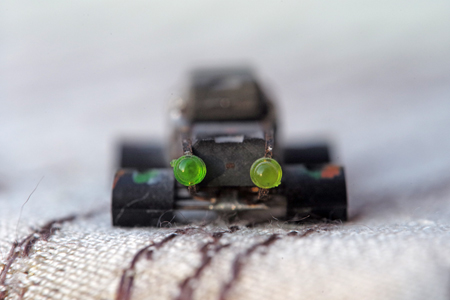 |
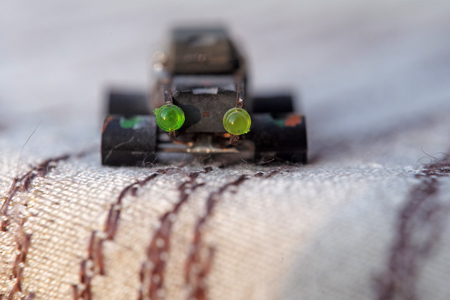 |
|
Quenox Extension Tube for Leica M and two Marumi +5 achromats (+10 diopters) (closest distance) (original file) |
Quenox Extension Tube for Leica M and two Marumi +5 achromats (+10 diopters) (distance set to infinity) (original file) |
Summary Achromats & Extension Tube
As page Close-Up Options (Live View) - Part 3: Practice II shows, larger magnifications can be achieved, when the close-up lenses or achromats are combined with an extension tube (which does not add distortions). The two most promising lenses in my collection are in this respect the Zeiss Sonnar 50mm f/1.5 and the Voigtländer Color Heliar 75mm f/2.5 lenses.
The Voigtländer Color Heliar 75mm f/2.5 lens seems to be the lens that is better suited to close-up photography when compared with the Zeiss Sonnar 50mm f/1.5 lens. The only gripe that I have with this is that I usually do not carry it in my photo bag...
I still have to check whether the image quality is sufficient when I use the lenses and setups.
Extension Bellows
The following photos were taken with the Leitz Bellows II and the Quenox Extension Tube for Leica M to adapt the bellows to the camera. On the lens side, an adapter for M39 lenses (16590) was used.
The shots in this section were made with a tripod and typically f/16.
EL-NIKKOR 50mm f/4
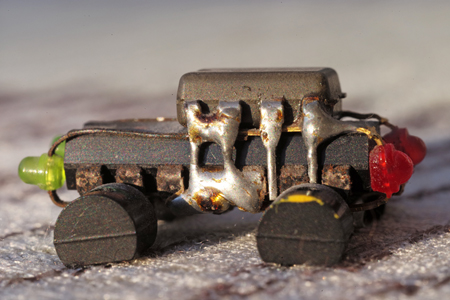 |
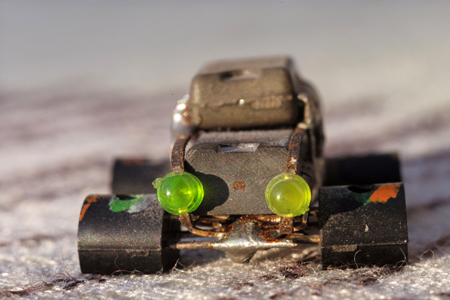 |
|
EL-NIKKOR 50mm f/4 (original file) |
EL-NIKKOR 50mm f/4 (original file) |
|
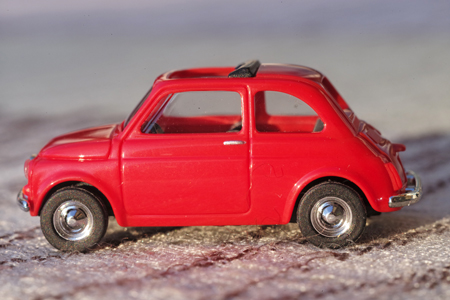 |
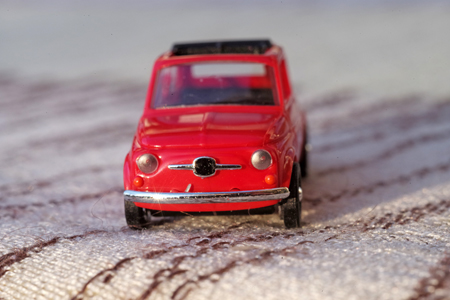 |
|
EL-NIKKOR 50mm f/4 (original file) |
EL-NIKKOR 50mm f/4 (original file) |
|
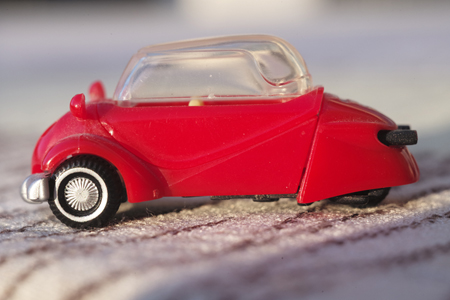 |
||
EL-NIKKOR 50mm f/4 (original file) |
|
Voigtländer Color Heliar 75mm f/2.5
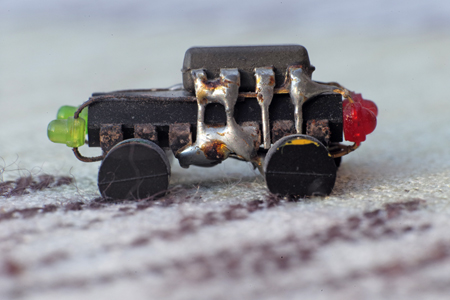 |
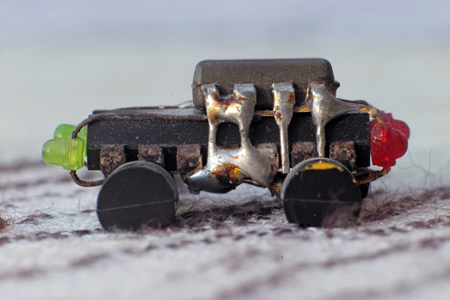 |
|
Voigtländer Color Heliar 75mm f/2.5 (original file) |
Voigtländer Color Heliar 75mm f/2.5 (original file) |
|
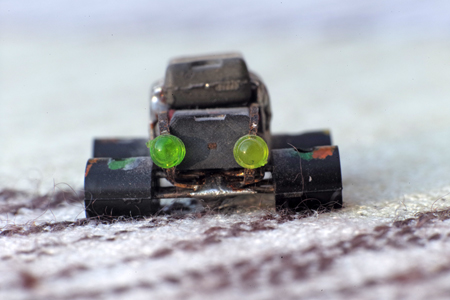 |
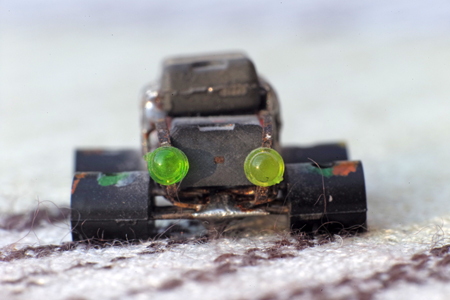 |
|
Voigtländer Color Heliar 75mm f/2.5 (original file) |
Voigtländer Color Heliar 75mm f/2.5 (original file) |
|
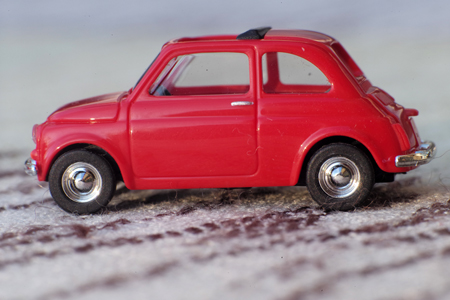 |
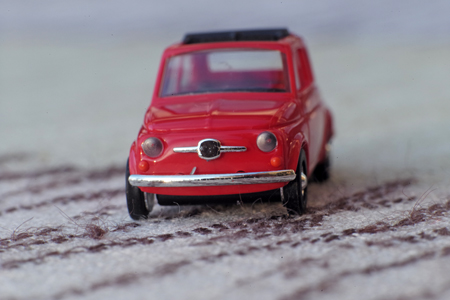 |
|
Voigtländer Color Heliar 75mm f/2.5 (original file) |
Voigtländer Color Heliar 75mm f/2.5 (original file) |
|
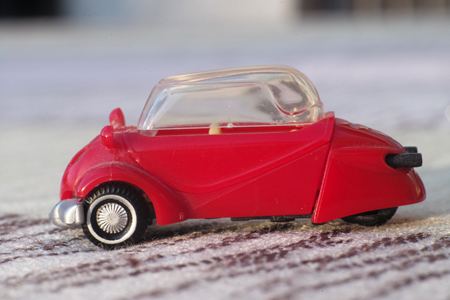 |
||
Voigtländer Color Heliar 75mm f/2.5 (original file) |
|
Comparison EL-NIKKOR 50mm f/4 versus Voigtländer Color Heliar 75mm f/2.5
 |
 |
|
EL-NIKKOR 50mm f/4 (original file) |
Voigtländer Color Heliar 75mm f/2.5 (original file) |
|
 |
 |
|
EL-NIKKOR 50mm f/4 (original file) |
Voigtländer Color Heliar 75mm f/2.5 (original file) |
|
 |
 |
|
EL-NIKKOR 50mm f/4 (original file) |
Voigtländer Color Heliar 75mm f/2.5 (original file) |
|
 |
 |
|
EL-NIKKOR 50mm f/4 (original file) |
Voigtländer Color Heliar 75mm f/2.5 (original file) |
|
 |
 |
|
EL-NIKKOR 50mm f/4 (original file) |
Voigtländer Color Heliar 75mm f/2.5 (original file) |
Summary Extension Bellows
With respect to magnification, the EL-NIKKOR 50mm f/4 has a slight edge in comparison with the Voigtländer Color Heliar 75mm f/2.5, as the first two rows in the comparison table indicate (the other objects are larger than is needed).
Image quality can, however, not be judged based on these small samples (and neither on the larger versions...). I still have to check whether the image quality is sufficient when I use the lenses and the bellows.
Overall Summary
Larger magnifications can be easier and better achieved with extension bellows, which comes at no surprise. But usually, bellows can only be used with a tripod and thus, are not as flexible as a combination of close-up lenses, or of close-up lenses with an extension tube. So, sometimes, it is easier to go with less magnification and without bellows...
Whereas the bellows photos showed little or no distortion at all, the close-up lenses that I tested caused strong (pincushion) distortions on the test photos, particularly when stacked. The "real-world" photos look, however, quite OK to me. Thus, the first "shock" after I had taken the ruler test images has settled in the meantime - in practice, the distortion issue seems to be less relevant and less severe in practical work...
At larger magnification, the image quality seems to suffer considerably, regardless of which tools I use. You can inspect the original files for the images on this page for making up your own opinion.
References
Extension Tubes
- Novoflex: Extension tube set Leica M (www.novoflex.com/en/products/adapters/extension-tube-set-leica-m/) / Zwischenringsatz Leica M (www.novoflex.com/de/produkte/objektiv-adapter/zwischenringsatz-leica-m/)
- enjoyyourcamera: Quenox Zwischenring für Leica M - ersetzt Leica OUFRO bzw. Leitz 16469Y (http://www.enjoyyourcamera.com/Makrozubehoer/Makro-Zwischenringe/Quenox-Zwischenring-fuer-Leica-M-ersetzt-Leica-OUFRO-bzw-Leitz-16469Y::6791.html)
Extension Bellows
- Novoflex Company Website (www.novoflex.com/en/home (English), www.novoflex.com/de/home (German))
- Novoflex: Adapted bellow systems for the Leica M (Typ 240) and S (Universal-Balgengeräte für Leica M240 und Leica S) (www.novoflex.com/de/produkte/makrofotografie--blitztechnik/balgengeraete/universal-balgengeraete-fuer-leica-neu (German only))
| 04.07.2024 |